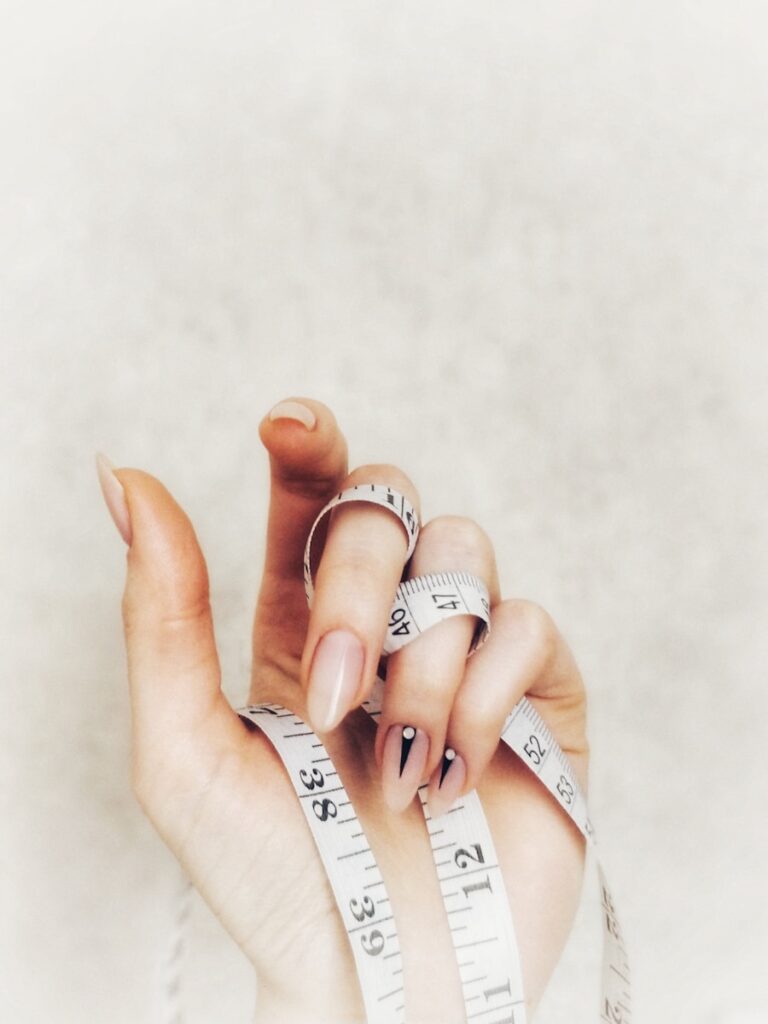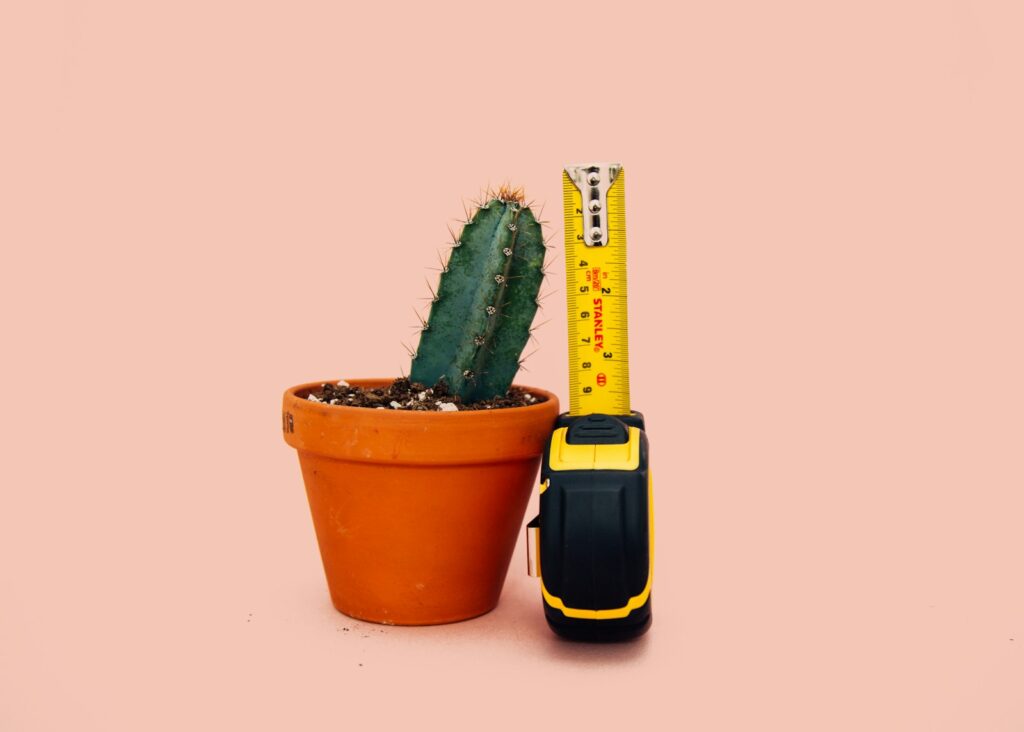We Have Big and Small Sizes in Spanish: A Comprehensive Guide
Introduction
Understanding how to describe sizes and measurements in Spanish is essential for effective communication, whether you’re shopping for clothes, describing objects, or discussing dimensions. “We Have Big and Small Sizes in Spanish: A Comprehensive Guide” will equip you with the essential vocabulary and expressions needed to navigate conversations about sizes confidently. From learning the basics of size-related adjectives to mastering dimensional measurements and regional variations, this guide covers everything you need to know.
First, let’s take a look at why accurately describing sizes is so important. Whether you’re a beginner or an advanced Spanish learner, this guide will provide you with valuable insights to enhance your language skills. Knowing the correct terms will help you find the right size, avoid misunderstandings, and make better choices in various contexts. By the end of this article, you’ll be well-versed in discussing sizes in Spanish, making your interactions more precise and meaningful.
Understanding Size in Spanish
When talking about size in Spanish, it’s important to use the correct vocabulary and know how to ask about different dimensions. This involves understanding key terms and their usage in various contexts.
Fundamentals of Size-Related Vocabulary
In Spanish, size is typically referred to using the word tamaño for general size, while talla is used specifically for clothing sizes. It’s crucial to use the appropriate term based on the context. For example, when asking about the size of an object, you might say, “¿Cuál es el tamaño?” while for clothing, you would ask, “¿Qué talla es?“

Adjectives such as grande (big) and pequeño (small) are used to describe sizes. Remember that adjectives in Spanish must match the gender and number of the nouns they describe. For instance, grande can describe both masculine and feminine nouns, like “el coche grande” (the big car) and “la casa grande” (the big house).
Additionally, it’s important to know other useful adjectives like:
- Ancho (wide) and estrecho (narrow) for width.
- Alto (tall) and bajo (short) for height.
- Largo (long) and corto (short) for length.
Grande and Pequeño: Big and Small
The adjectives grande and pequeño are common when describing sizes. Grande means big or large, and pequeño means small. These adjectives do not change based on gender but do change based on number.
If you are describing a single large object, you say, “el objeto grande.” For multiple large objects, you say “los objetos grandes.” Similarly, a small object is “el objeto pequeño,” and for multiple small objects, “los objetos pequeños.”
When speaking about sizes more generally, grande and pequeño can also describe other characteristics such as area or volume. For example, “una casa grande” (a big house) versus “una casa pequeña” (a small house) clearly conveys the general size difference.
Measuring Objects and Clothing Sizes
To measure objects, you use phrases like “¿Cuánto mide?” to ask for the size, height, or length. For dimensions, you use por to express measurements, such as “4 metros de largo por 5 metros de alto” (4 meters long by 5 meters high) Learn more about how to translate measurements and dimensions in Spanish.

For clothing, talla indicates the size. When shopping for clothes, you might ask, “¿Qué talla es?” (What size is it?). Spanish clothing sizes often vary by country, so it’s essential to check the sizing chart. Here are some commonly used size conversions:
Size | Spanish Term |
|---|---|
XS (Extra Small) | Extra pequeño |
S (Small) | Pequeño |
M (Medium) | Mediano |
L (Large) | Grande |
XL (Extra Large) | Extra grande |
Understanding how to talk about size in Spanish helps you communicate clearly whether you’re discussing the dimensions of an object or choosing the right outfit.
When it comes to buying clothes and shoes, understanding how sizes vary across brands and regions is crucial. This guide will help you compare sizes and find the best fit for your needs.
Conversion and Comparison Guide
Clothing sizes can be tricky due to regional differences. For instance, a size 8 in the US might not be the same as a size 8 in the UK or Europe. To navigate these variances:
- US to EU: US sizes are typically smaller numbers than EU sizes. For example, a US size 10 often converts to an EU size 40.
- Women’s Sizes: Women’s sizes usually run smaller and narrower compared to men’s.
- Men’s Sizes: Men’s sizes often have larger and wider measurements.
Using a conversion chart can simplify the process. Size Conversion Charts offer a reference for converting between US, UK, and EU sizes. Whether it’s for dresses, suits, or shoes, these charts help ensure you pick the right size.
Finding the Right Fit
Finding the right fit involves more than just picking the correct size. When choosing clothes or shoes, consider your measurements and the specific fit offered by the brand.
- Shoes: Measure your foot length and compare it to the brand’s size guide. ASOS Size Charts can be helpful for this.
- Clothing: Take body measurements (bust, waist, hips) and compare them to size charts. Since some brands may vary, check if the brand’s fit is true to size or if they recommend sizing up or down.
For shoes, remember men’s shoes are generally larger and wider compared to women’s shoes. You can find more details on shoe size differences, which explains why a size 8 in men’s doesn’t match a size 8 in women’s.
By understanding these aspects, you can confidently navigate the world of clothing and shoe sizes without the hassle of returns and exchanges.
Learning Dimensional Adjectives
Learning how to describe objects using dimensional adjectives in Spanish helps you become more precise and descriptive. In this section, you’ll explore how to use these adjectives to talk about width, height, and length, as well as see examples of using them in sentences.
Describing Width, Height, and Length
To describe width, height, and length in Spanish, you need to know specific adjectives. For width, use “ancho” (wide) or “estrecho” (narrow). For height, the adjectives “alto” (tall) and “bajo” (short) are essential. For length, “largo” (long) and “corto” (short) are commonly used.

These adjectives help you give more details. For example, “El río es ancho” means “The river is wide.” Similarly, “La torre es alta” translates to “The tower is tall.“
- Width: ancho (wide), estrecho (narrow)
- Height: alto (tall), bajo (short)
- Length: largo (long), corto (short)
Utilizing these adjectives correctly enhances your ability to describe objects accurately.
Using Dimensional Adjectives in Sentences
When using dimensional adjectives in sentences, placement and agreement are key. In Spanish, adjectives typically come after the noun and must agree in gender and number. For instance, “Las mesas largas” means “The long tables,” where “largas” agrees with “mesas” (feminine plural).
Here are some examples to guide you:
Measurement | Example in Spanish | Translation |
|---|---|---|
Width | La calle es estrecha. | The street is narrow. |
Height | El edificio es alto. | The building is tall. |
Length | El libro es corto. | The book is short. |
Practicing these structures helps you get comfortable with using dimensional adjectives naturally in your conversations.
Quantitative Measurements in Spanish
When you talk about measurements in Spanish, it’s important to know the key terms used for different quantities. These include weight, capacity, distance, and area.
Weight and Capacity
In Spanish, weight is measured in kilogramos (kilograms) and gramos (grams). For example, when you say “one kilogram,” you would say un kilogramo. Similarly, gramo is used for smaller weights. If you’re using pounds, you would say libras.

Capacity is usually measured in liters (litros). For smaller volumes, like in cooking, the mililitro (milliliter) is common. Here’s a quick reference:
Measurement | Spanish Term |
|---|---|
Liter | Litro |
Milliliter | Mililitro |
Kilogram | Kilogramo |
Gram | Gramo |
Pound | Libra |
For example, if you’re measuring a liter of water, you’d say un litro de agua. For a smaller capacity, like 500 milliliters, you’d say quinientos mililitros.
Distance and Area Measurements
Lengths and distances are often measured in metros (meters) and centímetros (centimeters). For longer distances, the kilómetro (kilometer) is used. When referring to feet and inches, you would use pies (feet) and pulgadas (inches).
Areas are measured in square units. For example, a square meter is metro cuadrado. When specifying dimensions, use por to denote “by“. For example, dos por tres metros means “2 by 3 meters.” Examples:
Measurement | Spanish Term |
|---|---|
Meter | Metro |
Centimeter | Centímetro |
Kilometer | Kilómetro |
Foot | Pie |
Inch | Pulgada |
Square Meter | Metro cuadrado |
If you need to describe a room that is ten feet long and eight feet wide, you would say diez pies de largo y ocho pies de ancho(ten feet long and eight feet wide). This ensures precise communication about space and distance.
Spanish Language Learning Resources
When learning how to discuss sizes and measurements in Spanish, having the right tools and strategies can make a big difference. Using a mix of online and offline resources can help you practice and master these concepts.
Study Tips for Mastering Sizes and Measurements
- Use Flashcards: Create flashcards with words for sizes like “grande” (big) and “pequeño” (small). Review them frequently.
- Practice with Examples: Speak with native speakers or language partners to use size-related vocabulary in context. For instance, describe objects around you by size.
- Quizzes and Games: Online platforms like Wordwall offer interactive quizzes and games that focus on size vocabulary. These activities make learning engaging and reinforce your memory.
- Real-world Practice: When shopping or eating out, try using Spanish to ask for items in different sizes. This real-world use helps solidify your knowledge.
- Consistent Practice: Dedicate a few minutes each day to practicing size vocabulary. Consistency is key to retention and fluency.
Utilizing Online and Offline Materials
- Online Lessons: Websites such as StoryLearning provide structured lessons and materials focusing on varied aspects of the Spanish language. Check them out for targeted exercises on sizes and measurements.
- Printable Worksheets: Resources like Spanish4Teachers.org offer printable worksheets that cover sizes and measurements. You can practice writing and reinforce your vocabulary with these handouts.
- Language Practice Apps: Apps such as Duolingo or Quizlet include sections on sizes and can be used on-the-go. These apps provide a convenient way to keep learning consistently.
- Audio Resources: Listening to native speakers talk about sizes, such as in podcasts or video lessons, can aid in auditory learning. Preply offers lessons with native speakers, helping you hear proper pronunciation and usage.
- Paper Exercises: Don’t ignore traditional methods. Writing exercises in a notebook can help reinforce vocabulary retention. Combining this with digital tools gives a well-rounded approach.
Cultural Insights on Sizes in the Spanish-Speaking World
In the Spanish-speaking world, the concept of size carries significant cultural importance. Understanding how size is expressed and viewed in various regions can help you appreciate the rich cultural fabric and linguistic diversity.
Size Connotations and Context
In Spanish, the word tamaño is used to refer to size, and it can have different connotations depending on the context. For example, large sizes may imply abundance or generosity, while small sizes might suggest intimacy or efficiency.
When describing rooms, objects, or even people’s social status, terms like grande (big) and pequeño (small) are common. In everyday life, phrases such as “una casa grande” (a big house) or “una empresa pequeña” (a small company) are used frequently.
Moreover, cultural expressions and colloquial phrases may use size to convey emotions and attitudes. For instance, calling someone “un gran hombre” (a great man) shows respect and admiration, tying the concept of size to personal qualities.
Regional Variations in Terminology
The way size is described can vary significantly across different regions in the Spanish-speaking world. In some Latin American countries, words may be shortened or combined with local dialects, leading to regional differences in terminology.
For example, in Spain, you might hear grande and pequeño, but in Mexico, it’s common to use grande and chico. These variations can also extend to specialized terminology in different regions. In Argentina, mediano (medium) might be used more frequently when referring to proportions in everyday conversations.
Additionally, cultural insights reveal that regional terms can reflect historical influences and ethnic diversity within these communities. Recognizing and respecting these differences is crucial for effective communication and cultural appreciation in the Spanish-speaking world.
Conclusion
Mastering the vocabulary and expressions related to sizes in Spanish can significantly enhance your language skills and cultural understanding. By familiarizing yourself with the terms for different dimensions, practicing with native speakers, and utilizing both online and offline resources, you can confidently describe sizes and measurements in various contexts. Whether you’re traveling, shopping, or engaging in everyday conversations, this knowledge will help you communicate more effectively and appreciate the linguistic diversity of the Spanish-speaking world.

In order to continue improving your Spanish, always look for opportunities to practice and expand your vocabulary. Remember, the key to language mastery is consistent and meaningful practice. Keep this guide handy as a reference, and don’t hesitate to revisit it whenever you need to refresh your knowledge. Happy learning!
FAQs
What is the difference between “tamaño” and “talla” in Spanish?
“Tamaño” refers to the general size of an object, while “talla” specifically refers to clothing sizes. For example, you would use “tamaño” to ask about the size of a room or a box, and “talla” to inquire about the size of a shirt or a pair of pants.
How do I ask for a specific size in Spanish when shopping for clothes?
To ask for a specific size, you can say “¿Qué talla es?” (What size is it?) or “¿Tienen esta camisa en talla mediana?” (Do you have this shirt in medium size?). Knowing the specific terms will help you find the right fit.
What are some common adjectives used to describe sizes in Spanish?
Common adjectives include “grande” (big), “pequeño” (small), “ancho” (wide), “estrecho” (narrow), “alto” (tall), “bajo” (short), “largo” (long), and “corto” (short). These adjectives are essential for describing various dimensions.
How can I convert sizes from the US to Spanish sizes?
Size conversion can sometimes be tricky due to regional differences. A size 8 in the US, for example, might be different in Europe. Using a conversion chart can help simplify this process. Always check the brand’s size guide for accuracy.
Are there regional variations in how sizes are described in Spanish-speaking countries?
Yes, there are regional variations. For example, while “grande” and “pequeño” are commonly used in Spain, in Mexico, you might hear “grande” and “chico.” These differences reflect the diverse cultural and linguistic landscape of Spanish-speaking countries.
How do I know which Spanish size to order when shopping online?
To ensure you get the right size when shopping online, always refer to the size chart provided by the retailer. Measure yourself and compare your measurements to the chart. This will help you find something that fits well.
What should I do if I can’t find my size in a Spanish store?
If you can’t find your size, ask a store employee for help. You can say, “¿Tienen una talla más grande/pequeña?” (Do you have a bigger/smaller size?). They may be able to order it for you or suggest an alternative.
Are sizes standardized across all Spanish-speaking countries?
Sizes are not always standardized across Spanish-speaking countries. It’s important to check the specific sizing guide for the country you are in. For example, a size in Spain may fit differently than a size in Mexico.
How can I learn more about Spanish sizes and measurements?
There are many free resources available online to help you learn more about Spanish sizes and measurements. Websites like Duolingo and Quizlet offer lessons and practice exercises. You can also find detailed guides on language learning blogs.
What is the best way to practice using Spanish size vocabulary in real-life situations?
The best way to practice is to use the vocabulary in real-life situations. Try describing objects around your home, or practice while shopping. Engaging with native speakers and using language apps can also enhance your learning experience.






